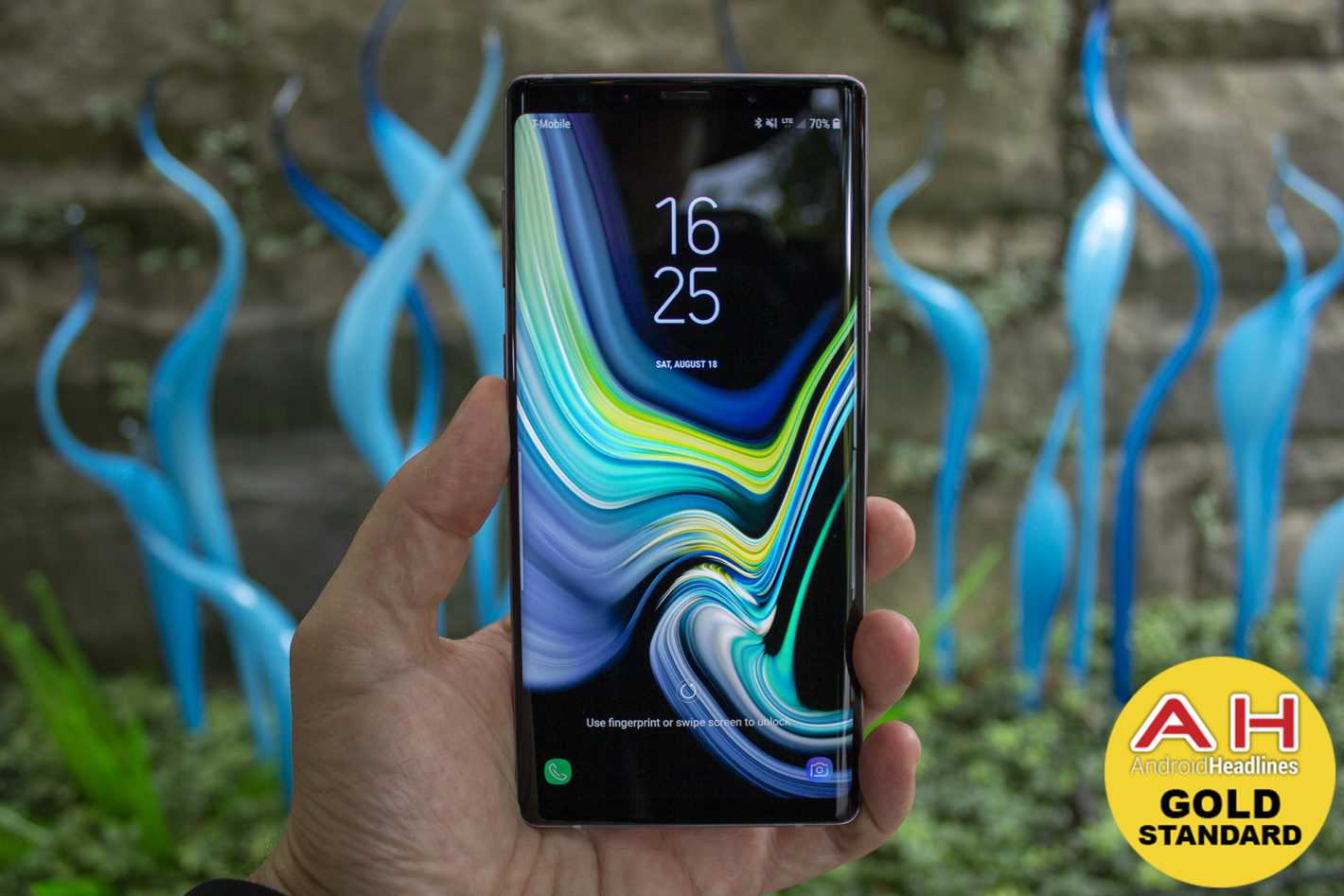Samsung Galaxy Note 9 Review – It’s Almost Too Good

What can’t this phone do?
Back when the original Gears of War launched for the Xbox 360 in 2006, reviews of the game quickly became a meme unto themselves. The tagline “it’s almost too good” made its way around the Internet, but it was said for a reason. Reviewers noted the game was too close to perfect to actually exist, and as such, some joked about having to remove points just to make the score a little more realistic. The same can be said about the Samsung Galaxy Note 9, a phone that retails for $1,000 on the low end, and $1,250 on the high end, but packs everything and the kitchen sink under its hood. It’s the price to pay for so many things, and with an upgraded S-Pen, liquid cooling and more RAM and storage than ever before Launching as Samsung’s most expensive flagship phone yet, the Galaxy Note 9 packs it all in at a starting price of £899/$999/€999. This price nets you the version with 6GB of RAM and 128GB of storage, but folks can pony up £1099/$1250/€1250 to upgrade to 8GB of RAM and 512GB of storage. Four colors are available worldwide at launch: Metallic Copper, Midnight Black, Lavender Purple and Ocean Blue, however only the Lavender Purple (our review model) and the Ocean Blue variants will be available on US carriers. The metal and Gorilla Glass 5 body is IP68 water and dust resistant. All models support up to 512GB microSD cards, bringing the total available space to 1Tb on the higher-end model with one of these. The Galaxy Note 9 features the same processors as the Galaxy S9, meaning US customers will find a Qualcomm Snapdragon 845 inside, while most markets Internationally are powered by Samsung’s own Exynos 9810.
On the front is a 6.4-inch Quad-HD+ Super AMOLED display, sporting 2960×1440 resolution (516ppi) and featuring curves on both left and right sides. Samsung has upgraded both models with a significantly larger 4,000mAh battery, and the phone supports wireless charging compatible with WPC and PMA, as well as QuickCharge 2.0 through the USB Type-C port (15W). Radio wise we’re looking at an enhanced 4×4 MIMO, 5CA, LAA, LTE Cat.18 for most markets on the cell network side, while Wi-Fi 802.11 a/b/g/n/ac (2.4/5GHz) are supported with VHT80 MU-MIMO and 1024QAM support. Bluetooth 5.0 (LE up to 2Mbps), ANT+, NFC and MST radios are also packaged inside, rounding out an incredible wireless experience.
The Note 9 is slightly shorter than the Note 8 thanks to the reduced chin size, measuring in at 161.9mm high (vs 162.5mm on the Note 8), but it’s both wider and thicker than that phone, measuring in at 76.4mm wide and 8.8mm thin, compared to 74.8mm wide and 8.6mm thin for the Note 8. It’s also slightly heavier at 201g, compared to 195g of the Note 8. In the front bezel you’ll find an assortment of sensors, including an iris scanner and an 8-megapixel front-facing camera featuring autofocus, behind an f/1.7 lens. The pair of rear cameras are both 12-megapixel sensors, with the main one sporting 1.4um pixel size, dual-aperture f/1.5 and f/2.4 ability, dual-pixel PDAF and OIS. The secondary camera is behind an f/2.4 lens and features 2x zoom 50mm focal length, as well as OIS. Android 8.1 Oreo ships with the phone, with the Samsung Experience 9.5 running atop, and the August 2018 security patch at this time of writing.
Samsung has stylized the box a bit more than in the previous handful of years, with a gorgeous minimalist S-Pen on the front, colored the same beautiful color as the phone itself. Inside you’ll find the Galaxy Note 9 itself with the S-Pen inside the body, typically colored the same as the phone itself with exception of the Ocean Blue version, which ships with a yelow S-Pen. Inside the rest of the box you’ll find the QuikcCharge 2.0 wall charger, a USB Type-A to USB Type-C port, pair of AKG earbuds with a 3.5mm audio jack at the end. A male USB Type-C to female USB Type-A adapter is also included, providing a way to utilize OTG features of a USB storage stick, or to connect to for Samsung Smart Switch. Samsung also includes a pair of replacement tips for the S-Pen, one white and one grey, each featuring a different friction level, as well as a tool for removing and attaching the replacement tips.
Source: https://www.swissinfo.ch
Previous Story
- Samsung is making its own smart speaker
- What to know about Samsung's new Note 9
- Galaxy Note 9 Last-Minute Rumors: Release Date, Specs...
- Samsung unveils its latest smartwatch — the Galaxy...
- Even the Galaxy Note 9’s marketing materials are...
- Samsung Suddenly 'Confirms' Massive Galaxy Note 9 Upgrade
- Samsung Claws Back Lead in Indian Smartphone Market
- Samsung launches Galaxy J8